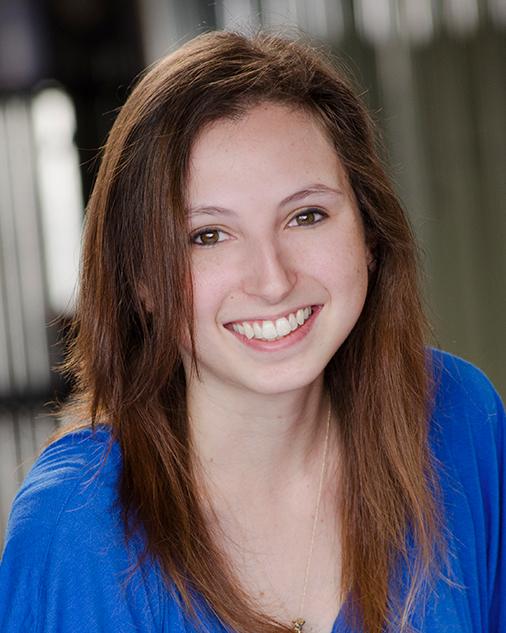
When CU Boulder Nordic studies instructor Jackson Crawford was first hired by Disney to consult on the hit film, “Frozen,” the House Of Mouse made one thing very clear.
“Before the movie came out I was explicitly made to understand that not only could I not tell any human beings about the movie but I also could not tell any sentient beings on other planets, or in other dimensions or under the water,” Crawford said.
Crawford also worked on last month’s sequel — a film that smashed the box office record for a Thanksgiving weekend opening. Both pictures draw on old Norse and Scandanavian culture, so Disney needed a very specific kind of expert. Enter Crawford.
“You can see my handwriting in the book that is opened on early in the [first] movie,” he said. “Which has runes in it, the runes are Younger Futhark, which is the runic alphabet used in the Viking age.”
His work is also found in a few other places in the first “Frozen” — runes on gravestones and a scene where a character speaks Old Norse.
Crawford tried to make his work for the films as accurate as possible to that time in history in that part of the world. But there was one area he could not help Disney with: an Old Norse wedding.
“When they say people get married, they just say, ‘They got married.’ They don’t describe the ceremony,” he said. “These sagas are written for people who were in the same culture. so they don’t need to lay out the details of stuff that everybody knows, right? Just like if I told you my buddy Billy and Sally got married you wouldn’t ask me if she wore a white dress, because you would just sort of assume that.”
The closest thing Crawford could give the filmmakers was a blood brothers ceremony, which involved digging a hole and building an arch for characters Anna and Kristoff to stand under.
For “Frozen II,” Crawford said he did similar work. But when he sat down in the theater to see the finished product, he was met with a shocking surprise.
“Nothing made the final cut,” he laughed. “The thing is, naturally the way a company like this works, they are not going to tell you more than you have to know.”
After the first “Frozen” film, there was controversy surrounding cultural appropriation of Indigenous people in that part of the world. Crawford explained how historically there are two prominent cultures on the Scandinavian peninsula.
“There is the larger Scandanavian culture that people are aware of, represented by languages like Norwegian and Swedish and in the middle ages by their ancestral Old Norse,” he said. “And then there is the linguistically distinct and culturally distinct group called the Sámi, mostly in the north of Scandinavia.”
The Sámi language is drastically different from the other languages spoken in that region, Crawford said. The Sámi are traditionally reindeer herders and have very distinct clothing.
One character, Kristoff, dresses Sámi-like and has an affinity for reindeer, but his name is not Sámi and he does not look traditionally Sámi, Crawford said.
When the first film was being made, Crawford wasn’t aware that these two cultures were being mixed for the character of Kristoff. He said people often get confused and don't know that those are two distinct groups.
“It can be easy to say, ‘Ok, so the Sámi are in northern Scandinavia before the larger Scandinavian group then that is, quote unquote, Old Scandinavia,” Crawford said. “I think that sounds like Old Norse to people, and so they easily get kind of mixed. Something like that is potentially what happened here.”
In “Frozen II,” Disney tried to rectify this by hiring Sámi consultants and created a group of characters called the “Northuldra” who are meant to directly represent the Indigenous groups on the Scandinavian peninsula.
“I’ve talked with the Sámi parliament and they have worked with Disney in over three years now before the launch of “Frozen II," said Anders Boine Verstad, a Sámi journalist for the Norwegian Broadcasting Corporation. “And they have been assisting with how the Indigenous people or the Sámi people are pictured.”
But for now, Verstad and others in Norway have to wait to see the results.
“We haven’t seen the full movie yet in Norway because Disney is putting us on the bench and waiting some months extra,” Verstad said with a laugh. “(But) I think there’s a lot of improvement from the first (movie) to the second (movie).”









